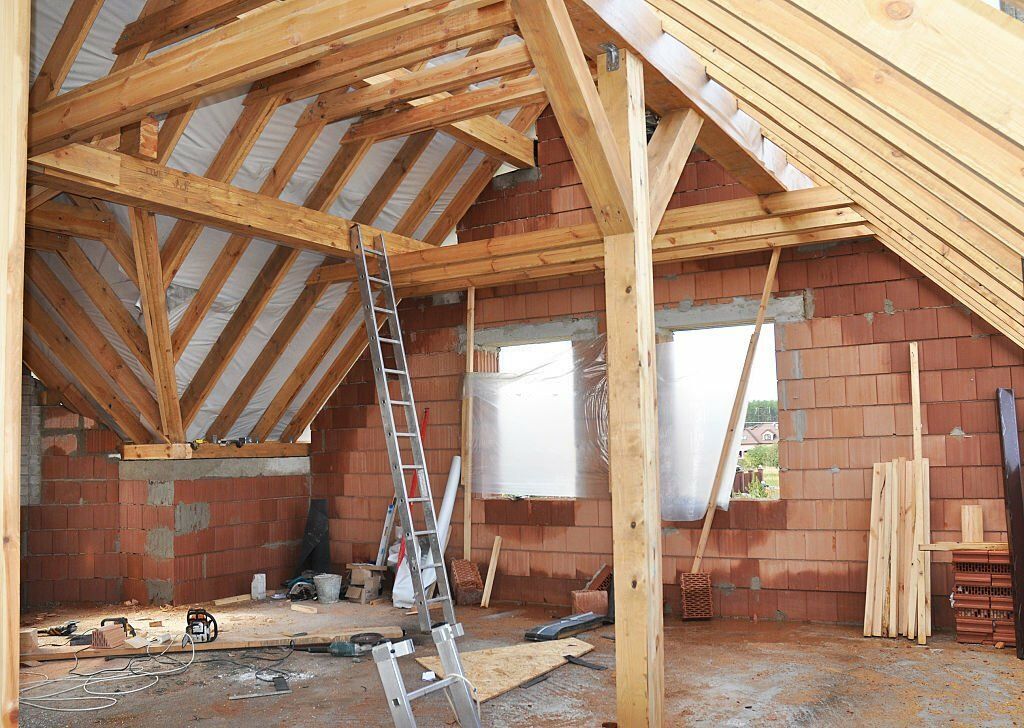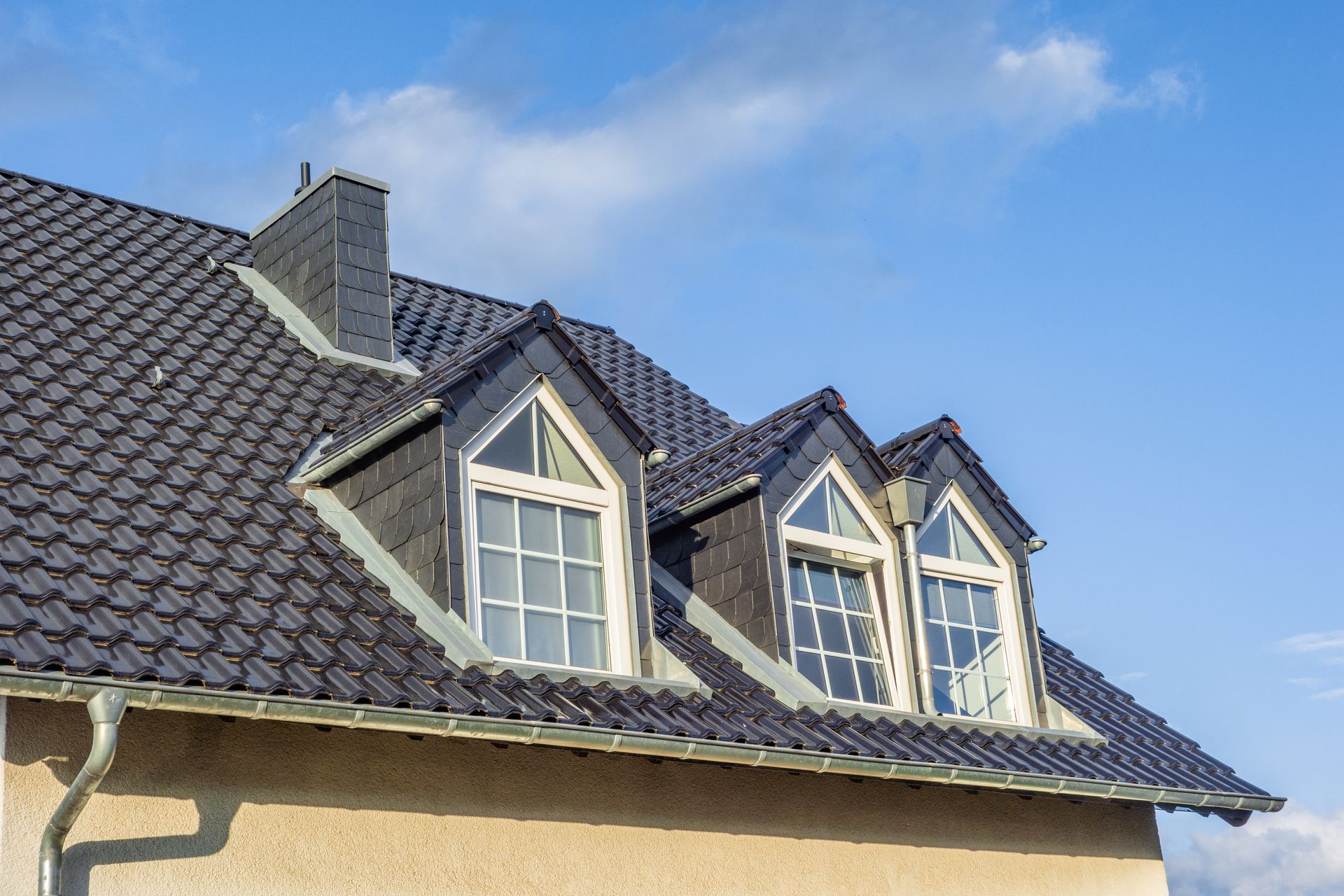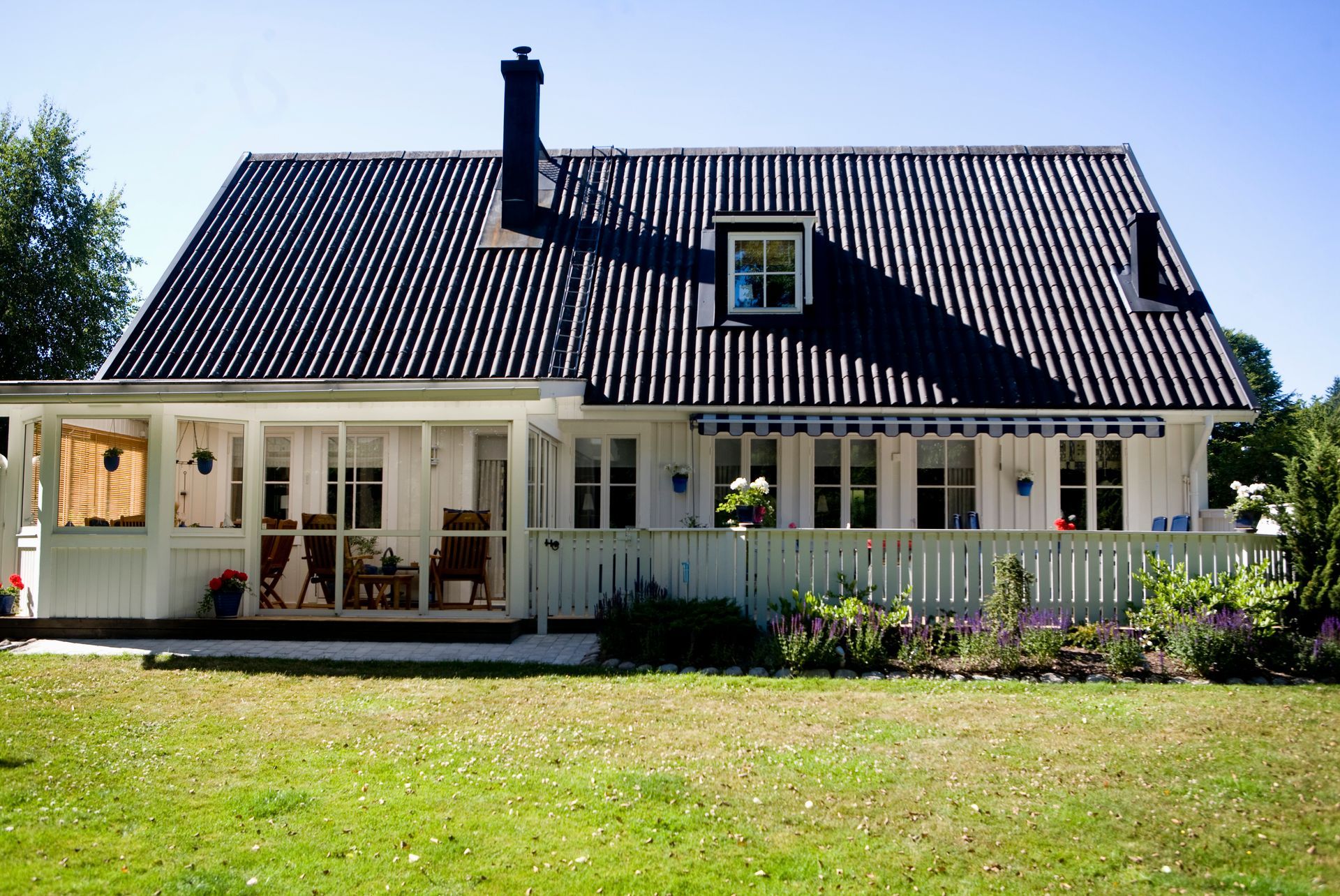





Loft Conversion Without Steel Beams: A Timber-Centric Solution
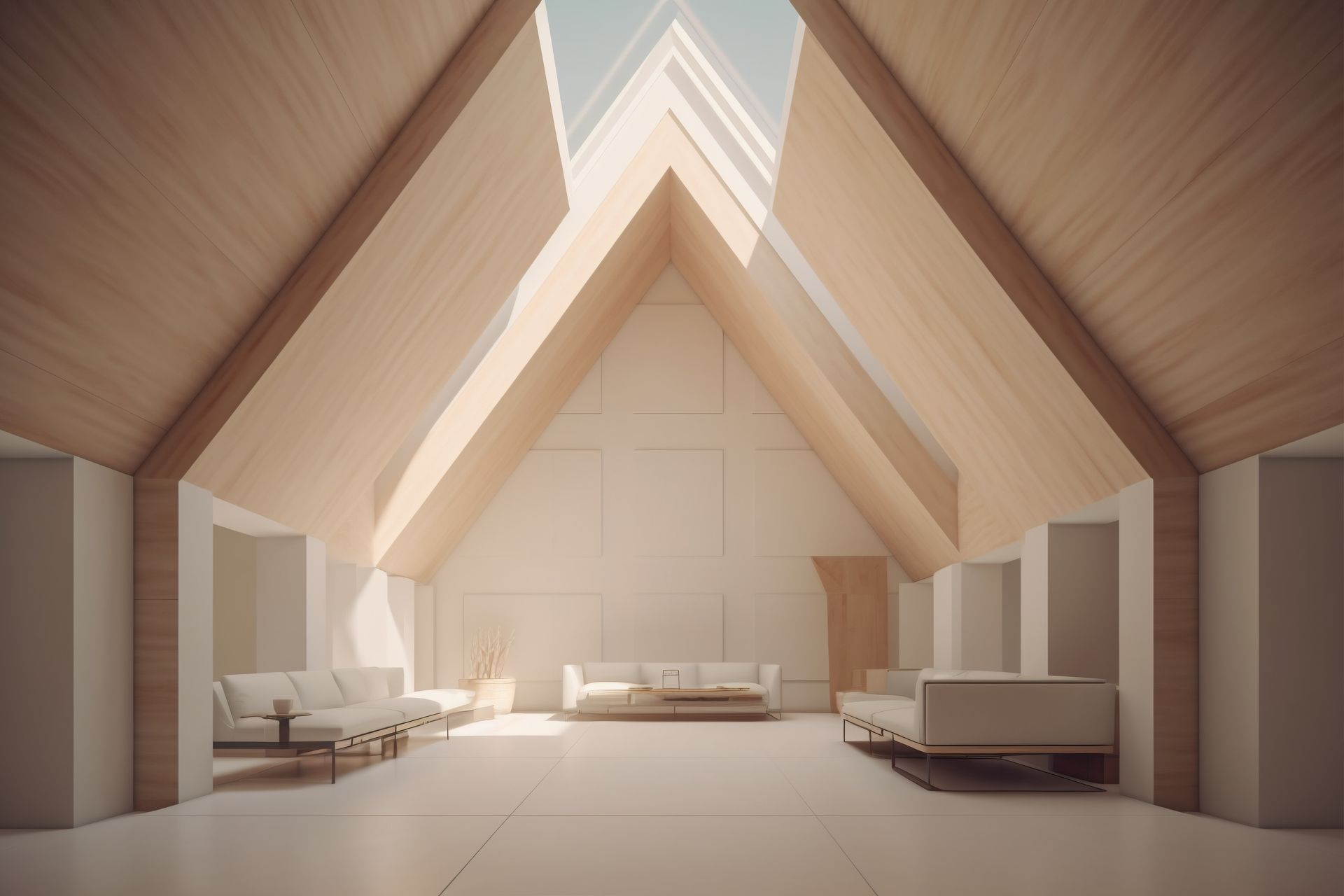
When considering a loft conversion without steel beams, the choice between steel and timber beams has far-reaching implications that extend beyond structural considerations. In this comprehensive guide, we delve into the various facets of opting for a timber-centric approach, taking into account factors such as cost, aesthetic appeal, environmental sustainability, installation ease, real-life examples, maintenance considerations, expert insights, and safety measures.
Cost-Efficiency and Structural Integrity
First and foremost, the integration of timber beams in loft conversions offers a compelling advantage in terms of cost-efficiency. Balancing this affordability with robust structural integrity is crucial. To achieve this balance, understanding the precise requirements and load-bearing capacities is paramount to ensuring a secure and durable loft conversion. Additionally, exploring the various options for timber beams and their comparative costs vis-à-vis steel beams provides valuable insights into the financial advantages that homeowners can leverage in their
loft conversion projects.
Aesthetic Appeal and Environmental Considerations
Beyond financial considerations, the aesthetic appeal of timber beams contributes significantly to the overall ambiance of the converted space. Timber's innate warmth and versatility in design elevate the visual appeal of the loft, creating a welcoming and inviting atmosphere. Moreover, the emphasis on environmental sustainability underscores the use of timber as a renewable resource, aligning with the eco-conscious values of modern homeowners. By incorporating eco-friendly materials, homeowners can contribute to a more sustainable and responsible approach to construction and design.
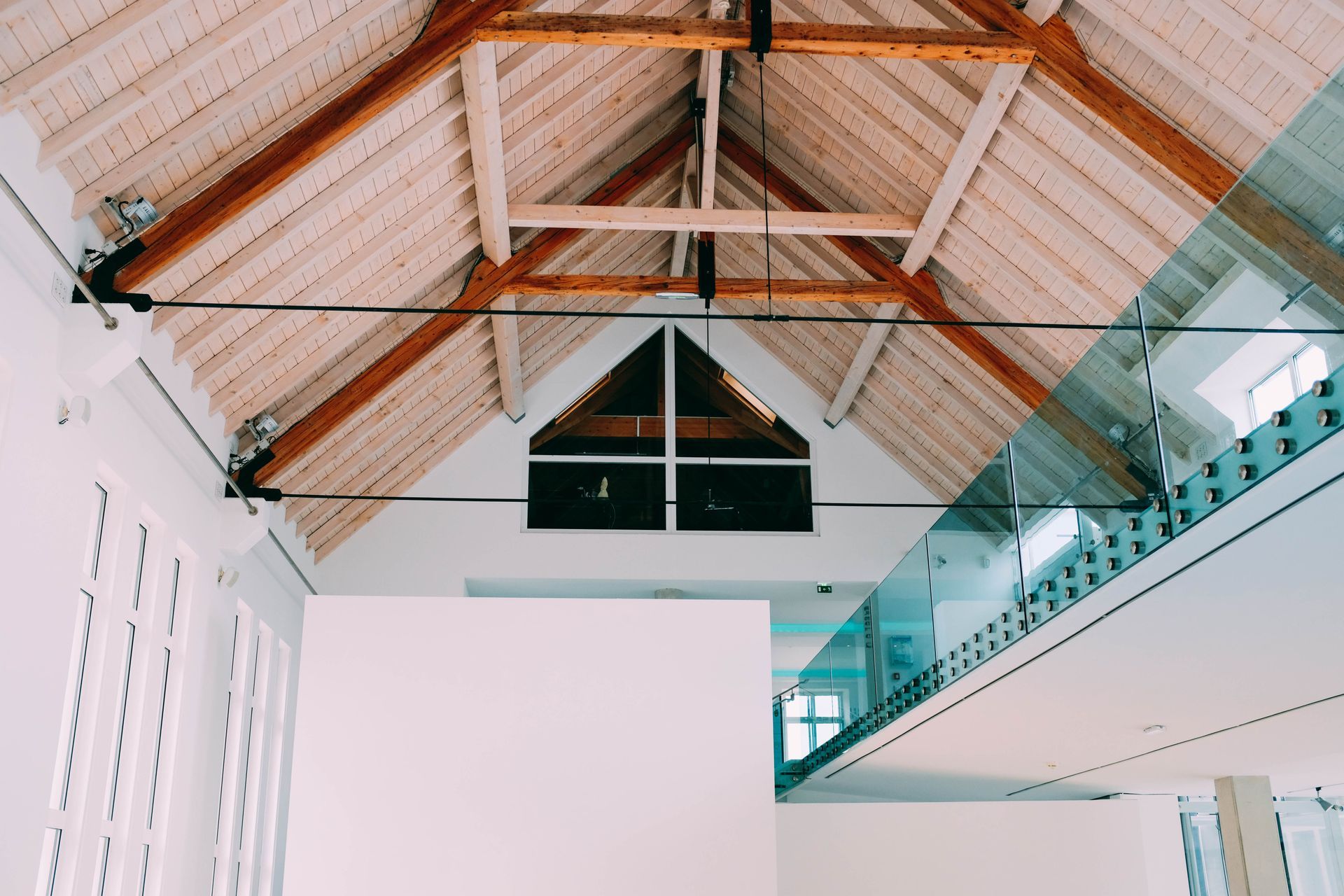
Ease of Installation and Comparative Costs
Simplifying the installation process is a crucial aspect of any loft conversion project. Timber beams offer an advantage in terms of ease of installation, often requiring less complex procedures and specialized equipment, thus reducing both labor costs and project timelines. By conducting a thorough analysis of the comparative costs associated with timber and steel beams, homeowners can make informed decisions that align with their budgetary constraints without compromising on the quality and durability of their
loft conversion.
Real-Life Examples and Maintenance Considerations
To illustrate the real-world benefits of timber beams in a
loft conversion without steel beams, examining real-life examples of successful loft conversions that utilized timber beams provides practical insights into the possibilities and outcomes achievable with a timber-centric approach. Learning from these case studies enables homeowners to envision the potential design options and structural benefits that come with integrating timber into their loft conversion project. Additionally, understanding the essential maintenance considerations, including regular inspections, treatments, and potential repairs, ensures the long-term sustainability and structural stability of timber beams, offering homeowners peace of mind and confidence in their investment.

Expert Insights and Safety Measures
Gaining insights from industry experts and professionals in the field of loft conversions provides valuable guidance for homeowners navigating the complexities of the construction process. Leveraging expert opinions and recommendations concerning the selection of high-quality timber, professional installation techniques, and adherence to safety standards ensures that the loft conversion project meets the necessary regulatory requirements and guarantees a secure and enduring living space for the homeowners and their families.
For homeowners seeking professional loft conversion services that prioritize quality, sustainability, and design excellence, partnering with
Loft Conversions Essex, a reputable loft conversion specialist, is essential. By enlisting the expertise of a trusted conversion service, homeowners can embark on a transformative journey to create a personalized, functional, and visually stunning loft space that reflects their unique style and preferences. Discover the possibilities of a timber-centric loft conversion today, and elevate your living space with the timeless charm and structural reliability of timber beams.


